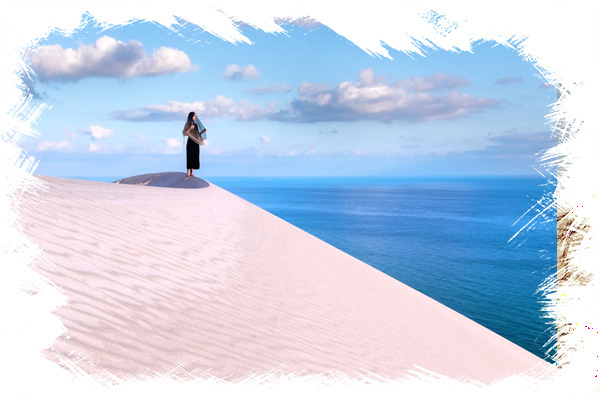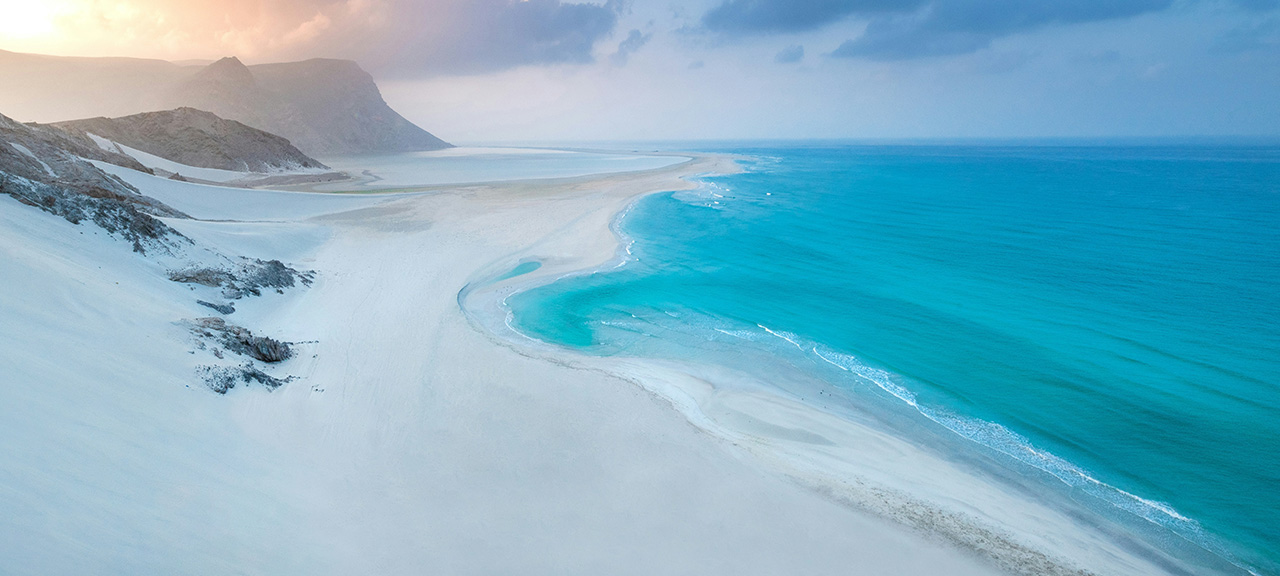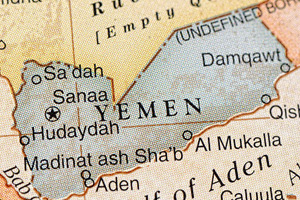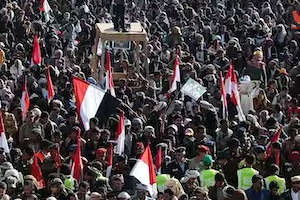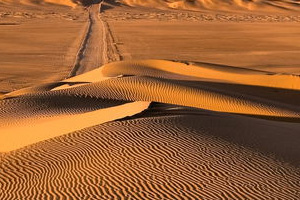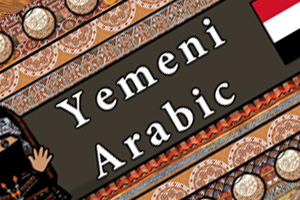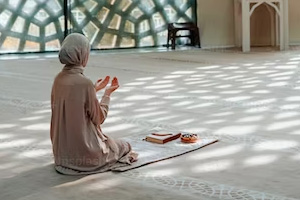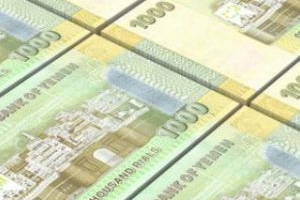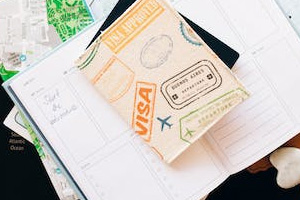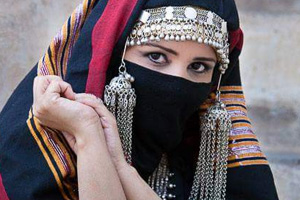Three thousand years of Art & Civilization
Three geographic elements constitute the land of southern Arabia, known nowadays as the republic of Yemen: the first is the L-shaped mountain range, which starts in the north and continues southward till the area called " Bab Al-Mandab " where it makes a turn eastwards alongside the Arab sea, ending in Al-Mahra. The second is the Al-Rub' Al-Khali desert, in which three of the main eastern Yemeni valleys pour their waters. The third is the coastal plains, which span the area between northern Tihama on the red sea and the Aden Gulf in the south, reaching the Omani borders in the east.
This land has been inhabited for over a million years. Its inhabitants have witnessed the whole human evolution process.
Around the beginning of the first millennium B.C the ancient Yemeni civilization has reached its crest, and had many valuable contributions to the human knowledge, and evolution. The remains of this civilization can be observed in many Yemeni museums or in historic and archaeological sites around Sana'a or in the eastern area.
During the Islamic era, the Yemeni contributions to the human knowledge and evolution were no less exceptional. This is clearly displayed in the main cities, regional capitals and the cities that are located on the trade and pilgrimage routes, with Sana'a the jewel-city of all Islamic cities, as best example. Other cities are: Shibam-Hadramout and Zabid. the UNESCO has announced all three cities as reserves of human cultural heritage. We should also mention other cities such as Jiblla, Sada, Tarim, Dhamar, Taiz, Thulla, Shibam-Kawkaban, Amran and Radaa, all of which are exceptionally beautiful, with unique architectural style.
In the 15th century, coffee production and exports became the newfound fuel for the continuation of flourishing in many areas. This is clearly a parent in port-cities like Mokha, Aden and Hodiedah, and in inner cities and towns such as Bait Al-Faqih, Al-Mahwit, Yarim, Ibb, Sheharah, Hajah and Manakhah.
It is rare in the world to find such a rich variety collected in such a small area.
Yemen promised a forgettable experience – a journey through a living ancient times, yet only a few hours flying away from home.
Overall the simple life style of Yemenis, their good manners, affection, and generosity with their guests add to the attractions that make visiting this magic land an unmatchable experience.
